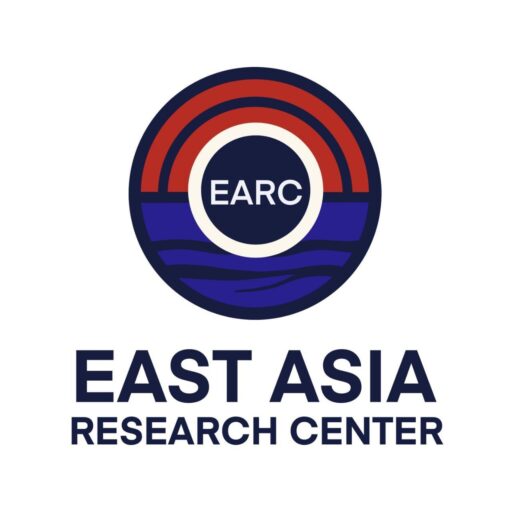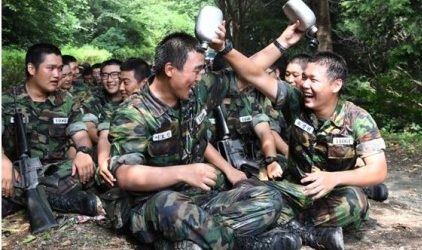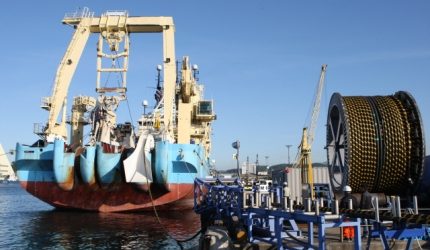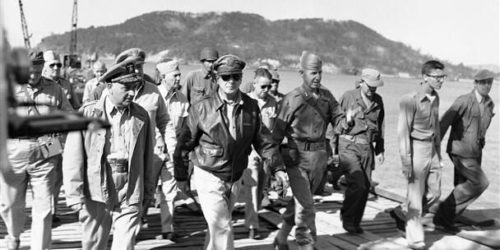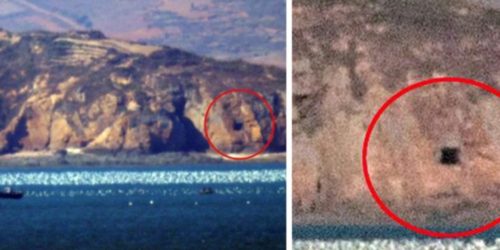South Korea Wants to Mechanize all of its Infantry…The Problem is the Terrain
2018-10-21
Tara O
The Republic of Korea (ROK) Army plans to supply all its infantry, down to the squad level, with wheeled combat vehicles, including Armored Personnel Carriers (APCs), according to YTN’s article titled “Army to Supply Armored Vehicles to Infantry…Will Ruck Marches Disappear?”
From “Tirelessly Walking Light Infantry Disappearing…Army’s Yet Another Experiment” article by Lee Cheol-jae in Joongang Ilbo below:
The march means ‘with a single movement using the same road under the command and control of a single commander.’ The march is a military operation in which all the troops are moving and maintaining their combat power. Therefore, most of them are fully equipped (carrying about 40 kg of combat gear). Travel distance is usually several tens of kilometers. They must arrive at the target point within a certain amount of time. Thus, they must walk quickly. During the march, they climb the mountains and cross rivers. Except for a short break, looking at the combat boots of those in front of you and walking is called ruck marching.
Lee, Joongang Ilbo
New generation soldiers hate marching so much that they call the ROK Army ‘Hell Army.’ Cracked soles, pus, and blood blisters are the symbols of the march. Thus, ‘why do we have to march when there are vehicles’ are heard from sullen voices.
Lee, Joongang Ilbo
But until now, the Army emphasized that the core of infantry is the march. The Army said that the purpose of the march is to train to prepare for situations when a vehicle cannot be used or where the vehicles cannot pass. The Army said it wants to create an army that fights and wins, and even brought back the 1,000-ri (392 km) march [for training].
Lee, Joongang Ilbo
In February 2015, which was during the Park Geun-hye administration, Kim Tae-hoon of SBS said “Our soldiers’ military duty has become a bit more difficult starting March [2015]. In military gear, they have to march 10 km at a fast pace and run 5 km. The intensity of training will be greatly increased. The intent is to build a strong army.”
[Today] the Army, however, is changing. They say they will abandon the light infantry, which [has been the backbone of] the Army.
Lee, Joongang Ilbo
At the International Symposium on Future Ground Forces Development on the 13th [of October]…sponsored by the Army and the Korea National Strategy Institute, the Army Chief of Staff Kim Yong-woo (김용우) said, ‘The Army now embodies the Warrior Platform, the Drone Bot Combat System, and the Army Tiger 4.0. We are transforming into cutting-edge science troops.’ The Warrior Platform is a project that raises the level of the platform (system) that refers to the firearms, military uniforms, and equipment carried by the army’s warriors. Drone bot combat system is to use drones and robots in combat. This is an experiment the Army started last year.
Lee, Joonang Ilbo
Here are some points of the Army’s plan, based on the YTN article, “Army to Supply Armored Vehicles to Infantry…Will Ruck Marches Disappear?”
- The wheeled APC is indigenously developed.
- The APC has a thermal periscope to see at night and the vehicle has a remote fire control system that allows precise day and night shooting on targets over 1 km away.
- Each combatant receives a “Warrior Platform” consisting of 33 types of clothing and combat equipment, including combat uniforms, armor, bulletproof helmets, and sights.
- All platforms, including combatants’ equipment and fire control systems mounted on combat vehicles, can be networked to share information about the operating area.
- Yoo Moo Bong, Chief of Staff for Army Planning and Management: Baekdu Mountain Tiger System, aka Army Tiger 4.0, is a concept of an Artificial Intelligence (AI)-based hyperconnected ground combat system designed to mechanize and intelligently network the Army’s infantry units to respond to various threats quickly and effectively.
- The Army plans to expand the Baekdu Mountain Tiger System to four battalions by 2021, four brigades by 2025, and all units by 2030. It is estimated that it will cost $1.1 billion (1.25 trillion won).
Terrain Matters
There are some positive aspects of incorporating new technology on the battlefield. There is also room for combining mechanized infantry with light infantry. Previous commanders have probably thought hard about the right force mix, if hostilities were ever renewed.
Even if new analysis suggested a need for a change in force mix, converting all light infantry units, which is the majority (65%) of the infantry in the ROK Army, into heavy, mechanized infantry units is problematic. The main element that has been ignored is the terrain of the Korean Peninsula.
Source: Quora
The map shows that the majority of the Korean Peninsula is mountainous. Even what appears to be relatively flat (the green part) is not truly flat as there are steep hills even in the low lying western coastal areas. The problem with APCs and other tracked and wheeled vehicles is that they cannot climb the steep, heavily wooded mountains. Light infantry soldiers, are generally thought to be the only realistic way to seize and hold this key terrain. They can work with the mechanized infantry, but to rely purely on mechanized infantry will deny the ROK Army one of the key tenets of maneuver warfare–to seize the high ground.
One of the biggest challenges of combat in the mountainous terrain of Korea is canalizing terrain. Canalizing terrain is terrain that restricts the ability to maneuver laterally. Units are said to be forced into a “canal” because of the terrain features. In order to advance, vehicles are forced into restrictive terrain where they are highly vulnerable to attack from the sides and from above. The only way for vehicles to traverse most of the Korean countryside is via narrow mountain passes with rising terrain on both sides. This is even more common in North Korea, where there are even more mountains than in the South. In canalizing terrain, if the enemy has the surrounding high ground, they can swiftly and easily ambush and decimate entire formations of mechanized infantry traveling in APCs in these mountain passes. A study of the 1950-53 Korean war shows just how effective these tactics were.
Additionally, transitioning from light infantry to mechanized infantry is not as simple as just giving soldiers APCs and high tech equipment. These new expensive vehicles come with increased responsibilities, new types of maintenance, and with new types of tactics and training that heavily emphasize fighting with support from their transport vehicles. Instead of hiking hills and and digging foxholes into the sides of mountains, soldiers spend a significant amount of time practicing maneuvering on open terrain and rapidly mounting and dismounting their vehicles. Much of this training is likely to be very unhelpful in combat in mountainous terrain. Mechanized infantry does best in terrain that is unrestricted with lateral room to maneuver. These forces are often used to support armor in exploiting gaps in defenses through battlefield maneuver.
Moreover, if hostilities did ensue, commanders and soldiers would probably be reluctant to leave behind their ill-suited equipment (for the situation), which they have trained with and learned to depend upon. This reluctance would impact their freedom of maneuver, limit their tactical flexibility, and slow them down in combat.
With the reliance on the APCs for mobility during training, they can also significantly reduce or dispense with marching, an important skill for infantry. Untrained and unconditioned for the rigors of mountain warfare, this will further degrade or destroy their capability to defend South Korea, given the unique terrain.
In light of history and the terrain, converting all of South Korea’s light infantry to mechanized infantry is a bad strategic move that hurts the ability and readiness of the ROK Army.
